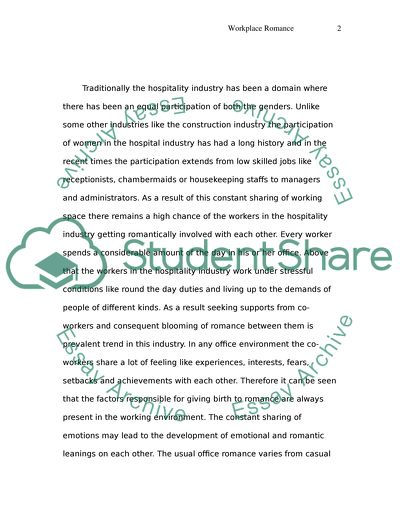Cite this document
(“Workplace Romance in the Hospitality Industry Research Paper”, n.d.)
Retrieved de https://studentshare.org/tourism/1390313-workplace-romance-in-the-hospitality-industry
Retrieved de https://studentshare.org/tourism/1390313-workplace-romance-in-the-hospitality-industry
(Workplace Romance in the Hospitality Industry Research Paper)
https://studentshare.org/tourism/1390313-workplace-romance-in-the-hospitality-industry.
https://studentshare.org/tourism/1390313-workplace-romance-in-the-hospitality-industry.
“Workplace Romance in the Hospitality Industry Research Paper”, n.d. https://studentshare.org/tourism/1390313-workplace-romance-in-the-hospitality-industry.


